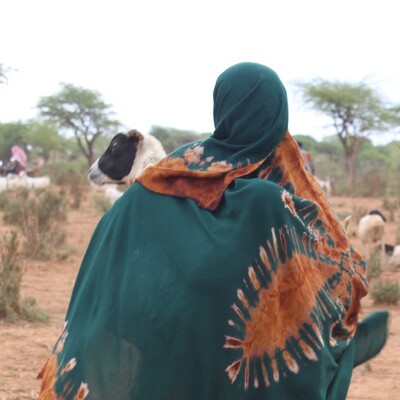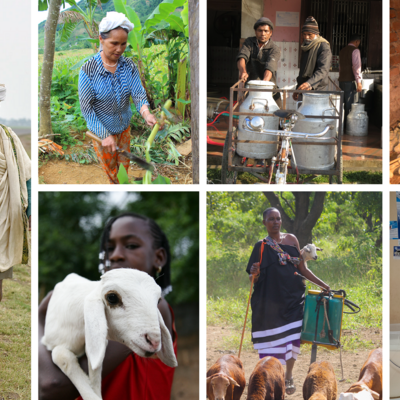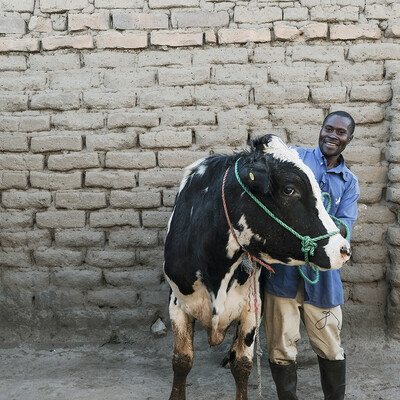
Livestock Drought Management Tool
In August 2010, the Food and Agriculture Organization (FAO) sub-Regional Emergency Office for Eastern and Central Africa (REOA) contracted the International Livestock Research Institute (ILRI) to develop the proto-type, decision support tool for use by a range of emergency and relief planners throughout the region. This led to the “Livestock Drought Management” (LDM) tool which is still conceptual rather than operational.
It links the concepts of Drought Cycle Management (DCM) with the best practice in livestock-related interventions throughout all phases of a drought, from normal through the alert and emergency stages to recovery. The tool uses data to indicate the severity of the drought (Hazard) and the ability of livestock to survive the drought (sensitivity). The hazard information in the LDM tool is based on Normalized Differential Vegetation Index (NDVI) captured by the NOAA AVHRR system. The tool suggests that the best indicator for sensitivity is livestock body condition (LBC). It combines these two indicators, using expert opinion, to define the phase of the Drought Cycle. The hazard data has currently been parameterized for Kenya, but can be used in any of the REOA countries. At the moment, the missing item is good quality data for sensitivity. Additionally, experts did not agree on how to define the phase of the drought cycle. The tool requires pilot testing in a few local areas before it can be rolled out everywhere. OBJECTIVES
- To link the concepts of Drought Cycle Management (DCM) with the best practice in livestock-related interventions throughout all phases of a drought, from normal through the alert and emergency stages to recovery.
- To use the tool (LDM) to help make the allocation of funds to areas that are identified as in need more transparent. Development agencies could also benefit from knowing which areas are priorities and which sort of livestock interventions will be needed (e.g. destocking or supplementary feed.


















